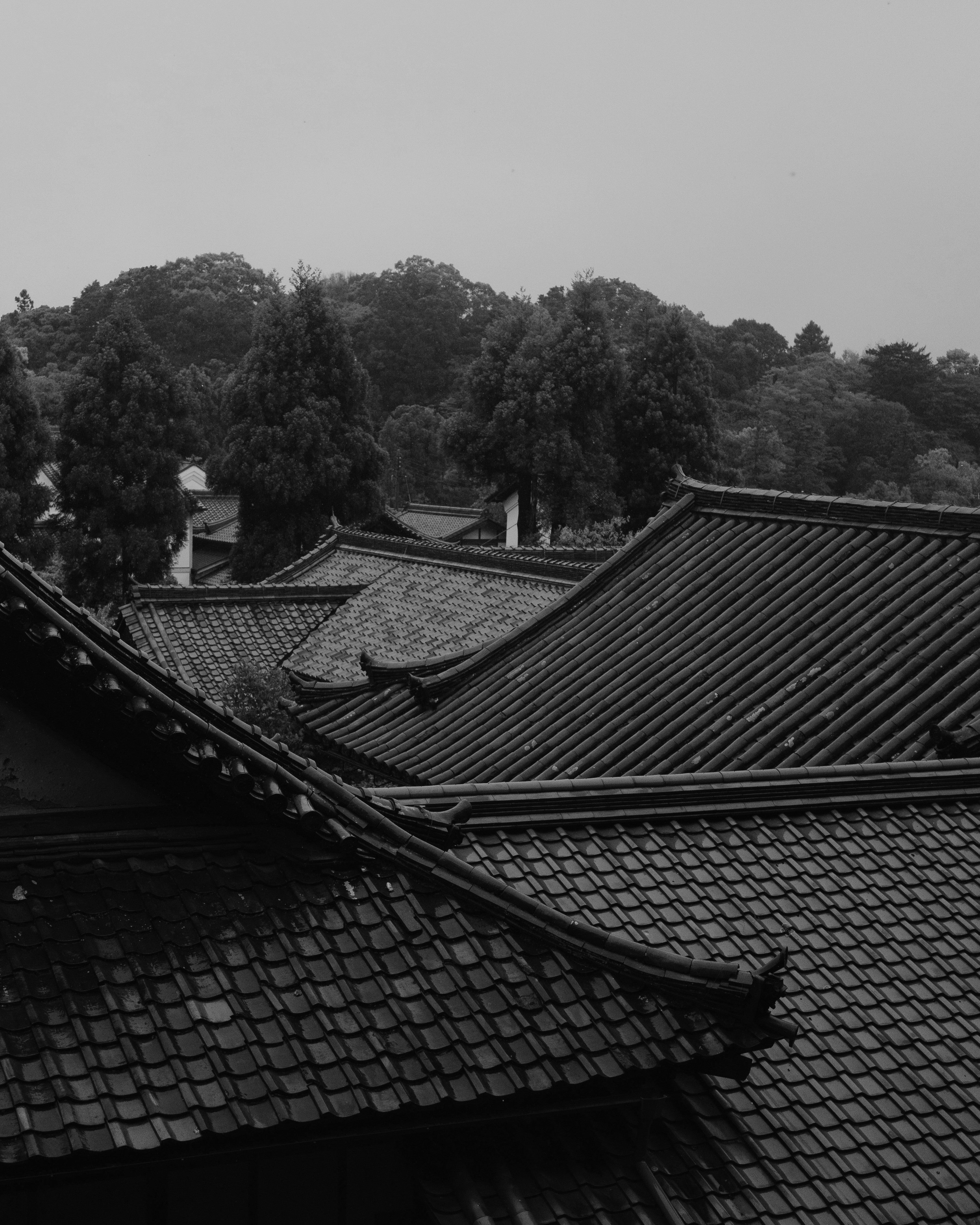Wagashi are Japanese sweets shaped to gently embrace the changing seasons.
They are works of art that reflect the changing nature, and they are also small rituals for feeling the seasons and calming the mind. Cherry blossoms in spring, water surfaces in summer, autumn leaves in fall, and snowy landscapes in winter—wagashi quietly convey a love for the four seasons and a desire for a peaceful, tranquil life.
Aesthetic sense refined through involvement with the tea ceremony.
Wagashi (Japanese sweets) have been deeply intertwined with Japanese life and spiritual culture since ancient times. The aesthetic sensibility refined through the tea ceremony has imbued wagashi with a trinity of “appearance,” “taste,” and “meaning.”
For example, some people feel joy at the arrival of spring when they see confectionery shaped like cherry blossom petals, while others recall the quiet winters of their childhood when they see snow-covered rakugan.
These confectioneries contain more than just a sense of the seasons; they also embody a desire for coexistence with nature and for daily safety. And the wish for a world without conflict also quietly lives on in this culture.
When you feel the seasons and touch someone's feelings, surely there is a quiet desire for peace accompanying you.
A story of quiet mind and peace, on your skin.
Japanese culture and Buddhist teachings breathe a spirit that guides one toward harmony within connections to nature and others.
Amidst busy days, some choose to inscribe Japanese kanji tattoos as a way to make that spirituality a talisman for their way of life.
haikei designs are not mere decoration; they reflect your inner spirituality and serve as expressions that guide your life's path.
Furthermore, the words of kanji carry a quiet prayer: a prayer for peace for all people worldwide, born from the realization of the preciousness of valuing yourself and, in turn, valuing others equally.
Read more

A way of life that thrives between civilization and nature. Away from the hustle and bustle of the city, there is a landscape that is neither untouched nature nor completely rural. Rice fields and ...

Win without fighting. When you hear the word “ninja,” you may think of spies who run through the darkness of night or practitioners of spectacular martial arts. However, the essence of their action...
